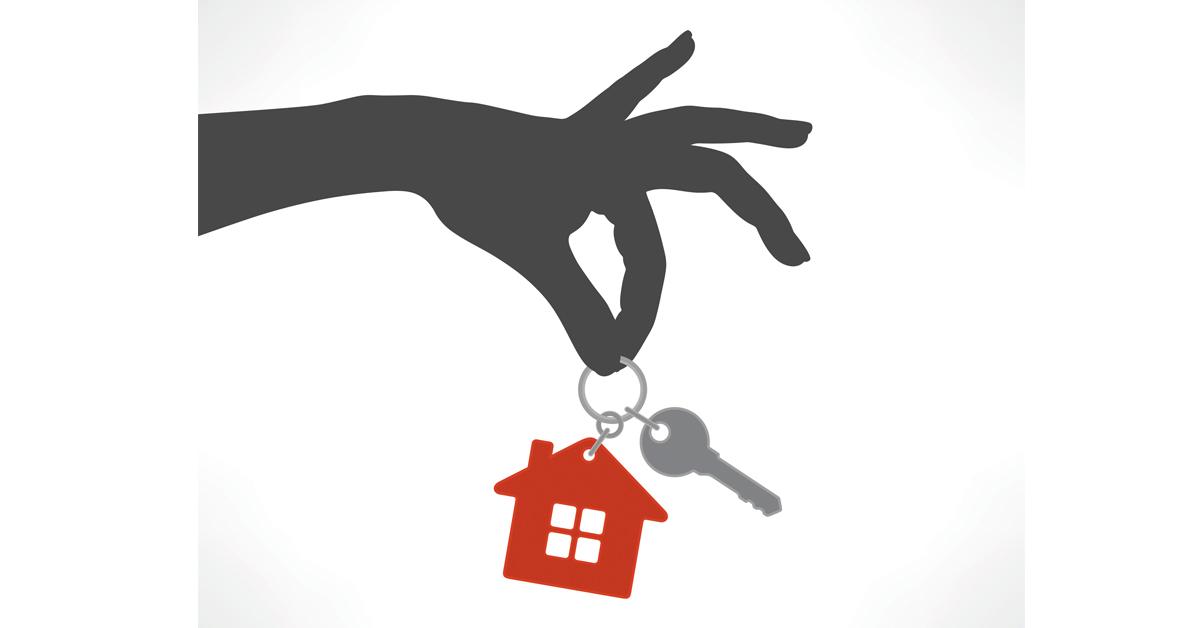After seeing sales numbers reach pre-Covid-19 levels, industry insiders are now looking at the sustainability of its recovery. Will the industry continue to maintain its 2021 feat?
Will real estate be able to sustain the growth it saw in 2021? We look at how the industry is trying to balance between the realities of the market with an optimistic approach.
Even though we have learnt how to handle the virus, it still remains the most unpredictable factor in the economy, but Indian real estate has been able to mitigate most of the affects.
“Sales in 2021 were 51 per cent more than 2020; these high numbers have brought the sales of homes up to almost pre-pandemic levels. The need to own one’s home during situations of extreme instability has only deepened. The pandemic has been extremely tough, but it has reiterated the importance of a home and this sentiment will continue to be strong in 2022,” says Rajani Sinha, chief economist and national director – research at Knight Frank. Price rise awaits Probably the biggest disruptor in the growth trajectory of real estate is a hike in the prices of homes. Sandeep Runwal, president, NAREDCO Maharashtra says, “The markets have been strong and will continue to be in the next two years. The challenge has been the rising cost of construction. The input cost has increased by 18 per cent in the last two years. This is due to the rising cost of basic construction materials like steel and cement. However, we will make sure that there is some relief in 2022 and we will be working closely with the government to make this happen.”
Despite the input cost coming up to 18 per cent in 2020 itself, home-buyers have only experienced a slight increase in prices in late 2021. Gulam Zia, executive director at Knight Frank India says, “We did not see a significant rise in prices until now; it has been limited to only two to three per cent in some markets. So, price rise in India is not seen as a very big factor in the future.”
Active participation by all
Maharashtra was the first state to cut the stamp duty rates in 2020 after developers asked for the same, leading to other states like Karnataka and Kolkata to follow suit, thus showing us that both, developers and government have made it possible to keep the sector thriving.
Niranjan Hiranandani, vice-chairman, NAREDCO national, says, “The Maharashtra government had led by example by slashing the stamp duty rates, and developers too played an important role in presenting the advantages of this step to the buyer. Many states followed suit, and the centre/RBI made sure that the home loan rates were at an all-time low. These are actions and not just proposals; thus giving us the confidence that when all parties involved come together, practical and viable solutions can be implemented at a rapid pace.”
Despite the closure of most stamp duty windows, developers continued to provide discounts, which were equivalent to the rebate provided via the official stamp duty. Sinha says, “The residential sector witnessed sales rising by 51 per cent year-on-year with a total sale of 2,32,903 units across the top eight cities of the country in 2021. This was despite the fact that various states had imposed lockdowns. But rising sales are a testament to the fact that people have re-evaluated their home purchase decision and prioritised it for their family’s security.”
Home-buyer speaks
Buyers such as Roshini S, a resident of Bengaluru, is banking on this optimistic wave. “I am hoping to book my home by the end of this year. Even though the prices of homes had gone down in 2020/21, I couldn’t afford a house back then. As an entrepreneur, the economy hit me harder than a salaried individual. I hope that the economy continues to be stable for me to afford a home; prices haven’t gone up by a big margin as well. I also want to buy a ready-to-move-in home, and not an under-construction one that will take me around three or four years to move into,” she says.



